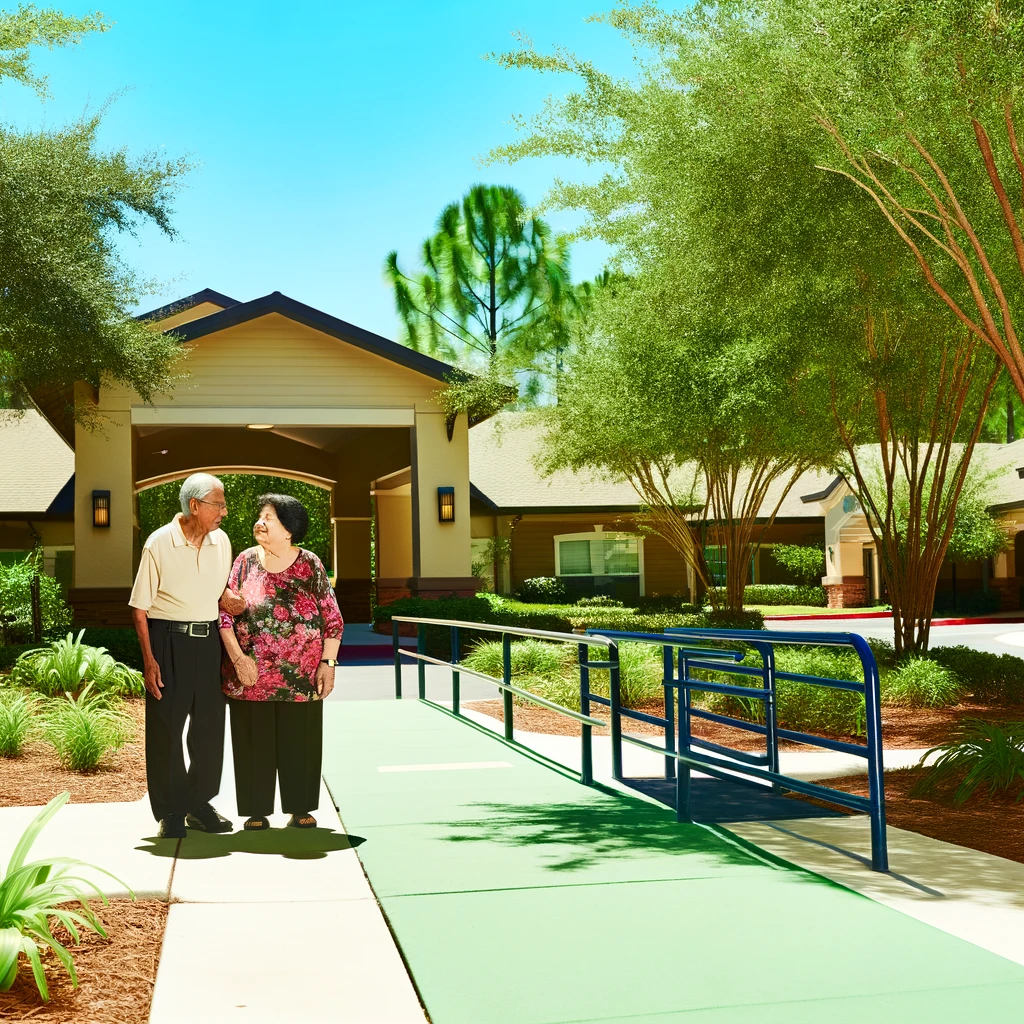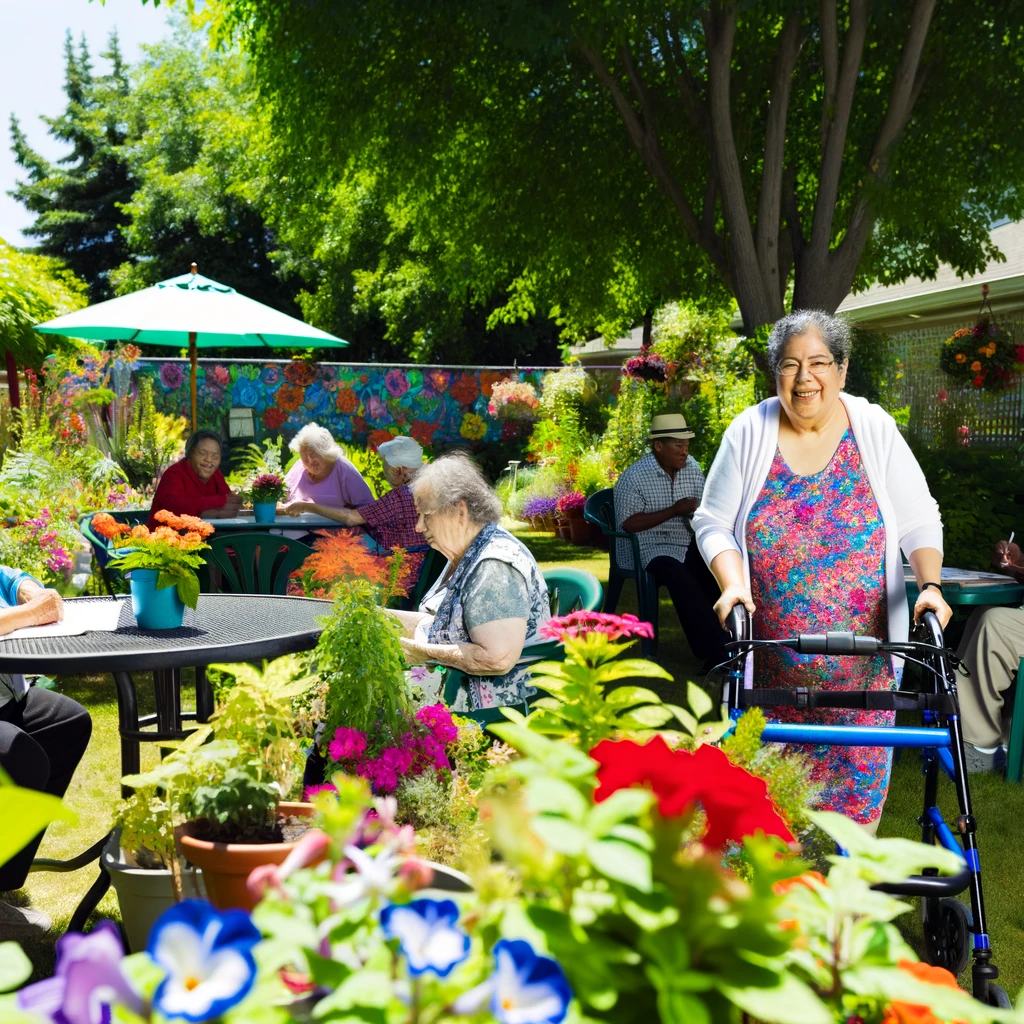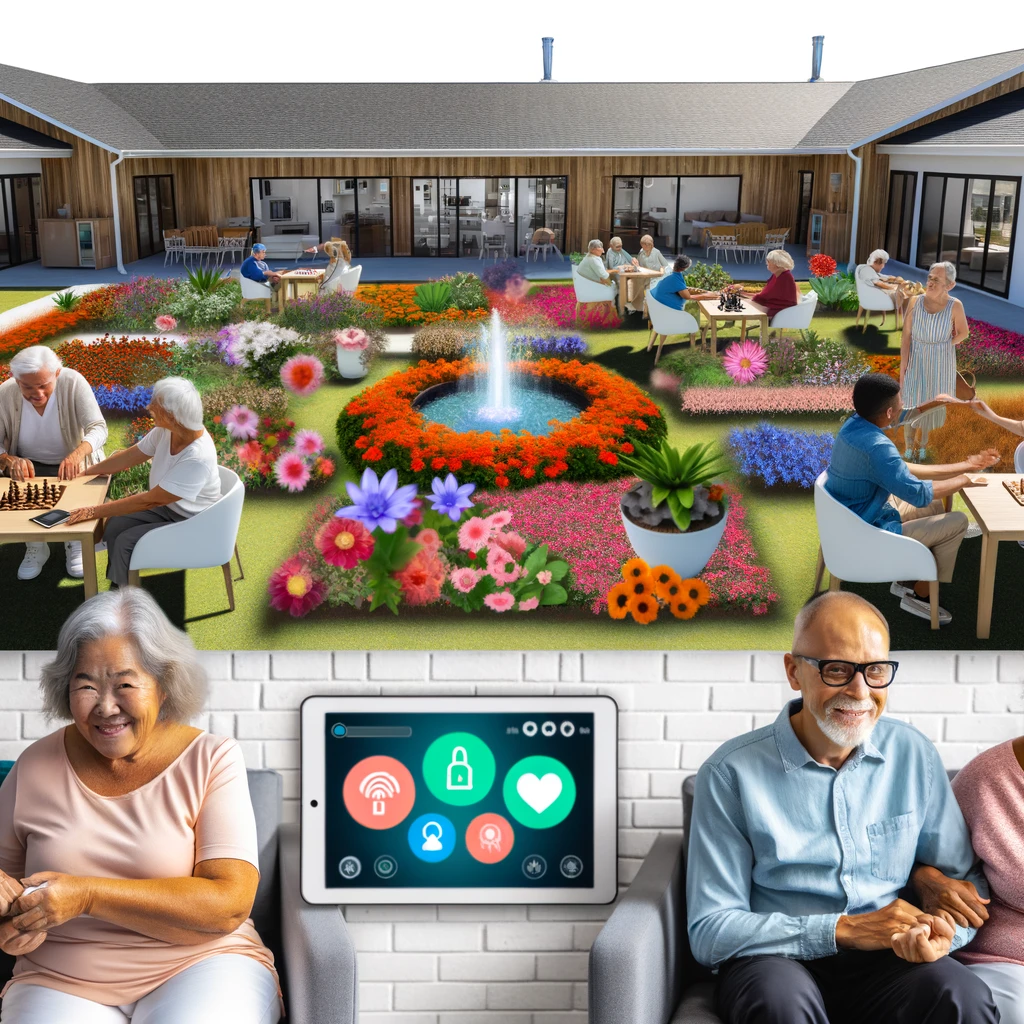
Evaluating the Accessibility of Senior Living Communities
As the population ages, the importance of evaluating the accessibility of senior living communities becomes paramount. Ensuring that these environments are designed to cater to the needs of older adults is crucial for their safety, comfort, and independence. This article delves into the key factors to consider when assessing the accessibility of senior living facilities.
Understanding Accessibility in Senior Living
Accessibility in senior living communities encompasses a range of factors, from physical design to the availability of supportive services. The goal is to create an environment where residents can move freely and safely, with minimal assistance, and maintain their autonomy.
Physical Environment
The physical layout of a senior living community is a primary consideration. This includes:
- Entrances and Exits: Ensure they are wide and equipped with ramps or lifts for wheelchair users.
- Common Areas: Should be spacious and free of obstacles to facilitate easy movement.
- Bathrooms: Must have grab bars, non-slip flooring, and walk-in showers.
- Lighting: Adequate lighting reduces the risk of falls and improves visibility.
Accessible Facilities and Amenities
Beyond the basics, a senior living community should offer facilities and amenities that enhance residents' quality of life.
- Recreational Areas: Fitness centers and swimming pools should be equipped with adaptive equipment.
- Dining Facilities: Should accommodate dietary restrictions and offer easily accessible seating.
- Transportation Services: Availability of accessible transport options for medical appointments and social outings is essential.
Evaluating Supportive Services
Supportive services play a critical role in the accessibility of senior living communities. These services can include:
- Medical Care: On-site healthcare services or partnerships with local health providers ensure prompt medical attention.
- Personal Care: Availability of trained staff to assist with daily activities such as bathing, dressing, and medication management.
- Emergency Response Systems: Quick-response systems installed in rooms to alert staff in case of emergencies.
Promoting Social and Emotional Accessibility
An often-overlooked aspect of accessibility is the social and emotional well-being of residents. Creating a sense of community and belonging is vital.
- Social Activities: Regularly scheduled social events and clubs encourage interaction and prevent isolation.
- Counseling Services: Access to mental health professionals to support emotional well-being.
- Inclusive Policies: Communities should promote inclusivity and respect diverse backgrounds and needs.
Conclusion
Evaluating the accessibility of senior living communities involves a comprehensive assessment of the physical environment, available facilities, supportive services, and social opportunities. By focusing on these areas, we can ensure that senior living environments are not only accessible but also enriching and supportive, allowing residents to enjoy their golden years with dignity and independence.
Related Articles





